Can I Remove Scratches from Glass? (And Why the Answer Might Surprise You)
Julie had just finished renovating her San Diego home. New floors, fresh paint, and beautiful floor-to-ceiling windows completed the look. But after the final cleanup, she noticed something upsetting: long, visible scratches on several panes.
At first, she panicked.
“I thought we’d have to replace them,” she said. “It was so frustrating—they were brand new!”
Luckily, that wasn’t necessary.
Scratches Can Be Removed—Here’s How
Many people believe scratched glass is permanent. However, that’s not true. Most scratches—light or deep—can be removed with a process called glass resurfacing. Instead of replacing the glass, professionals polish the surface using special tools and polishing compounds.
This method removes a very thin layer of glass to eliminate the scratch. When done correctly, the result is crystal-clear, distortion-free glass that looks brand new.
What Kind of Scratches Can Be Fixed?
Most types of damage can be repaired, including:
-
Light surface scuffs (from cloth or dust)
-
Medium scratches that you can feel with your fingernail
-
Deep graffiti etching or gouges from tools or razor blades
To test your own scratch, lightly run your fingernail across it. If it catches, it’s deeper and may need sanding before polishing. If it doesn’t, polishing alone may solve the problem.
Can You Do It Yourself?
There are many DIY glass polishing kits online. Some promise great results, but often, they leave swirl marks, haze, or even new scratches. It’s easy to overheat or distort the glass if you’re not careful.
Professionals use a combination of careful grinding and polishing with cerium oxide. They also manage heat, pressure, and blend the repair area properly. This ensures the finished glass looks flawless.
Why It’s Worth Fixing (Instead of Replacing)
Replacing scratched glass can be costly and time-consuming. Resurfacing, on the other hand, offers several advantages:
-
More affordable than replacement
-
Faster, often done same-day
-
No waste—more environmentally friendly
-
No distortion, if done by a trained expert
For homeowners, contractors, and business owners, it’s the smarter solution.
When to Call a Pro
Professional help is highly recommended if:
-
The scratch is on tempered or laminated glass
-
You’re dealing with storefront or large glass surfaces
-
DIY results matter (and they do—especially on visible windows!)
-
The damage is near edges or corners (which are prone to cracking)
Experts like Glass Savers have the tools and experience to remove even deep scratches safely. They’ve restored thousands of glass surfaces for homeowners, builders, and property managers across San Diego.
Final Thoughts
If you’re wondering whether a scratch on your glass can be removed, the answer is very likely yes. Today’s resurfacing techniques can erase damage and restore clarity—without replacing the entire window.
Instead of guessing, let a pro take a look. You’ll be amazed at what’s possible.
Ready to Restore Your Glass?
📞 Contact Glass Savers for a free consultation.
✅ Fast, professional scratch removal
✅ No distortion guaranteed
✅ Serving homeowners, contractors, and businesses across San Diego
More from the blog:
Request a Call Back :
Fill out this quick form for expert glass scratch removal and resurfacing—save up to 80% vs. replacement!”

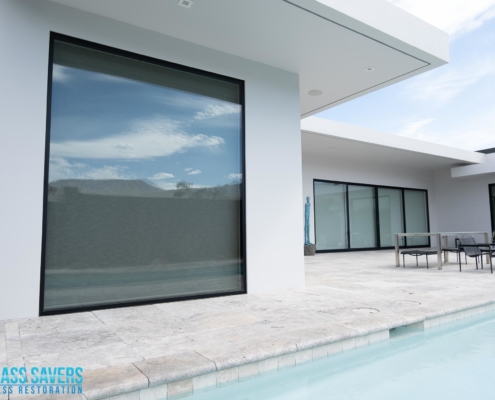
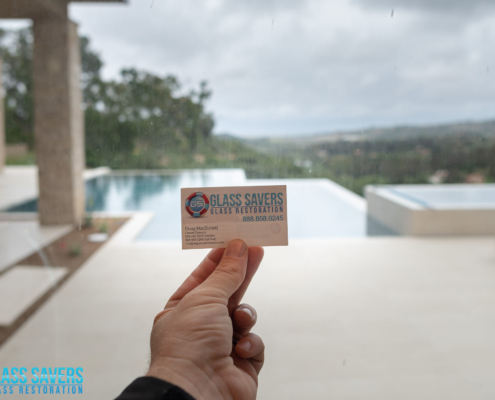
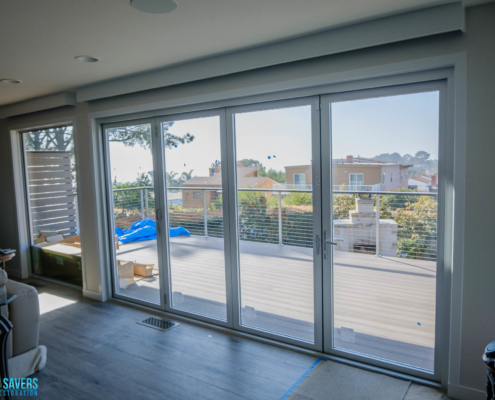
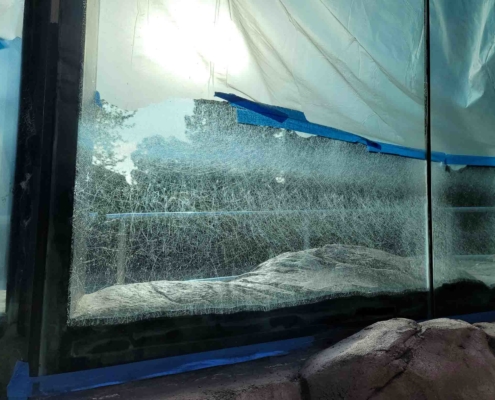
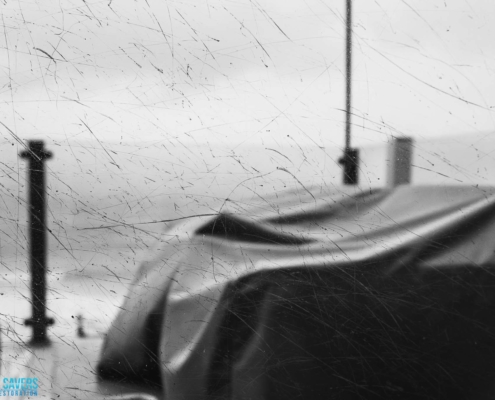
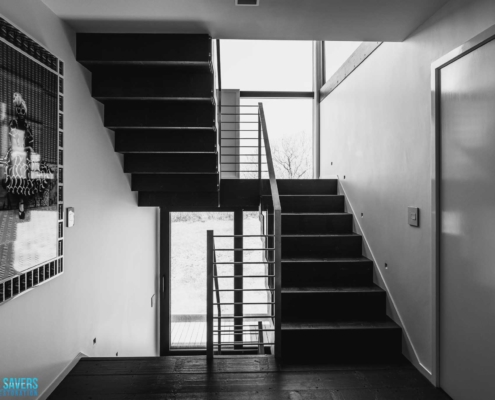
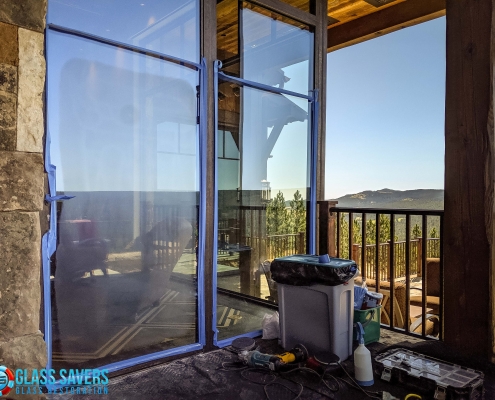
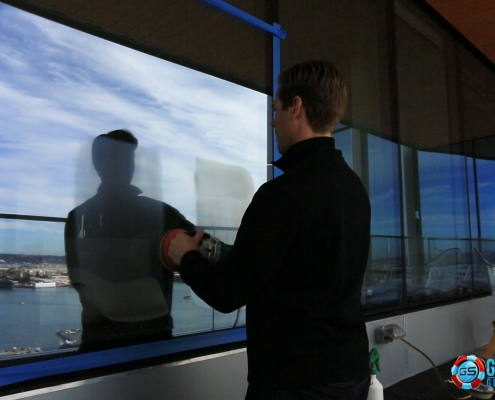

How to Tell if Glass Scratches Are Repairable DIY (Before You Waste Time or Money)
Learn how to assess glass scratch depth before wasting time or money. Use simple at-home tests to know when DIY works—and when to call a pro.
Why You Can’t Trust Every Piece of Tempered Glass
Not all tempered glass is created equal. Learn how fab debris causes hidden damage—and how to choose glass that stays safe and scratch-free for years.
The Environmental Impact of Glass Resurfacing vs. Replacement
Reducing Waste in Landfills
Every pane of glass that’s replaced ends up in a landfill. Over time, these discarded materials contribute to pollution and take years to break down. Resurfacing damaged glass extends its life, keeping it out of the waste stream and reducing overall landfill accumulation.
Basics of scratch glass repair
It’s tempting to try at-home fixes or off-the-shelf kits, but these can come with significant risks. Improper tools, incorrect techniques, or abrasive materials may worsen the damage, making it harder—if not impossible—to fully restore the glass. DIY methods often leave behind distortion, haze, or additional scratches, ultimately diminishing the overall quality